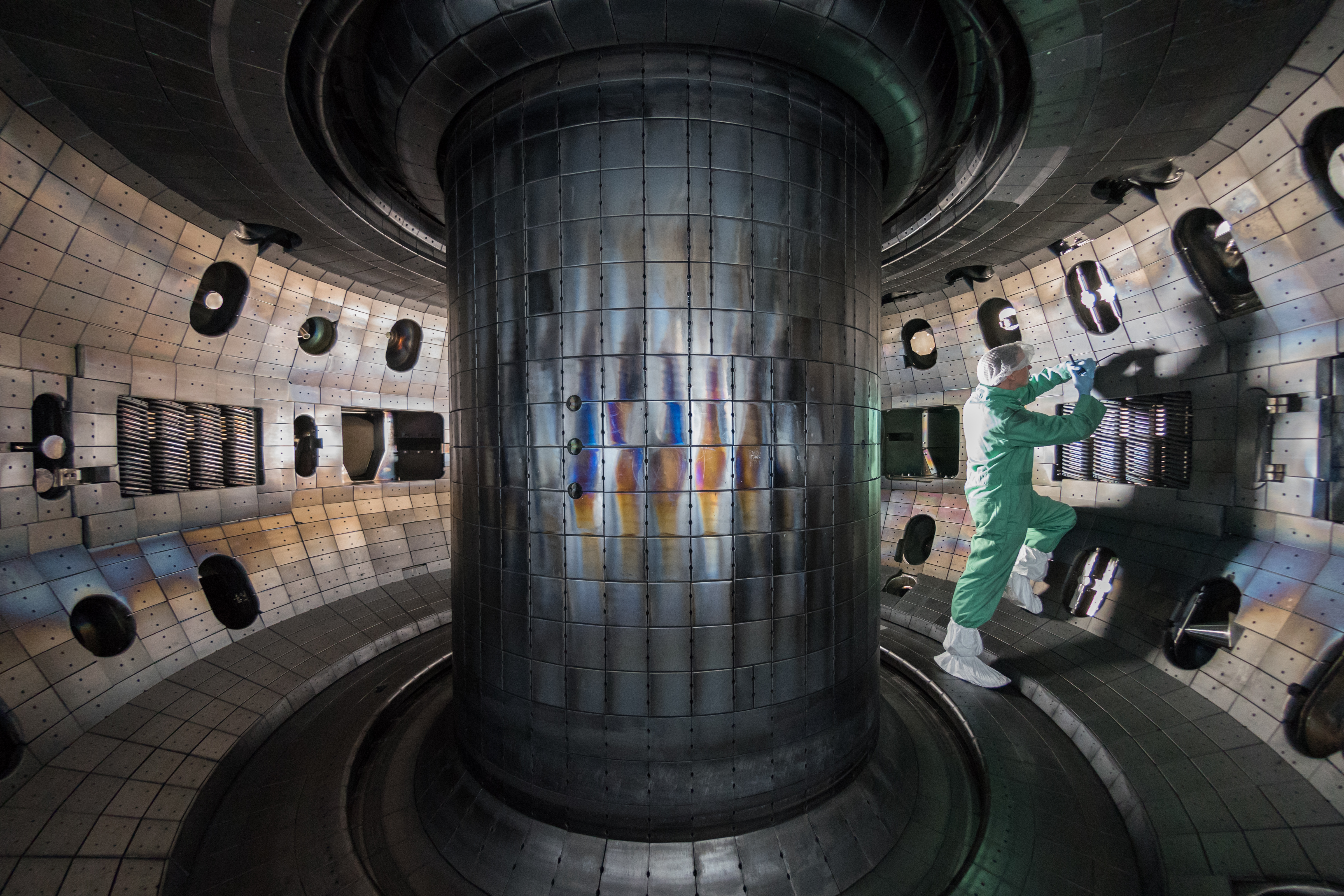Nuclear Fusion Reactor Design
- Introduction to Fusion Energy
- The Tokamak Design
- The Stellarator Design
- The Inertial Confinement Fusion
- The Magnetic Confinement Fusion
- The Field-Reversed Configuration and Other Emerging Designs
- Safety, Waste and Environmental Impact
- Future of Fusion & Course Review
The Tokamak Design
Key Concepts of the Tokamak Design

Device using a magnetic field to confine a plasma in the shape of a torus with the plasma stabilized by a current.
The Tokamak design is one of the most promising and widely researched fusion reactor designs. It is based on the principle of magnetic confinement, where a plasma is confined in a toroidal shape (a doughnut shape) by a magnetic field. This article will delve into the fundamental concepts of the Tokamak design, including the physics behind magnetic confinement, the role of the toroidal and poloidal magnetic fields, the importance of plasma stability and confinement, and the concept of a plasma current.
The Basic Principles of the Tokamak Design
The Tokamak design is based on the principle of magnetic confinement. In a Tokamak reactor, a plasma is confined in a toroidal shape by a magnetic field. The magnetic field is created by a combination of external coils and a current flowing through the plasma itself. This combination of external and internal magnetic fields creates a stable confinement for the plasma, allowing it to reach the high temperatures necessary for fusion to occur.
The Physics Behind Magnetic Confinement
Magnetic confinement in a Tokamak is achieved through the use of both toroidal and poloidal magnetic fields. The toroidal field is created by external coils wrapped around the torus, while the poloidal field is created by a current flowing through the plasma. The combination of these two fields creates a helical field that confines the plasma in a stable manner.
The magnetic field lines act as a barrier to the charged particles in the plasma, confining them to the toroidal shape of the reactor. This confinement is crucial for achieving the high temperatures and pressures necessary for fusion to occur.
The Role of Plasma Stability and Confinement
Plasma stability and confinement are crucial aspects of the Tokamak design. The plasma must be kept stable and confined for a sufficient amount of time for fusion reactions to occur. Instabilities in the plasma can lead to disruptions, which can damage the reactor and halt the fusion process.
Various techniques are used to maintain plasma stability in a Tokamak. These include the use of feedback control systems, the careful design of the magnetic field, and the use of auxiliary heating systems to control the plasma temperature and pressure.
The Concept of a Plasma Current
In a Tokamak, a current is induced in the plasma by a transformer. This current creates the poloidal magnetic field necessary for plasma confinement. The plasma current also plays a role in heating the plasma and maintaining its stability.
The plasma current is a crucial aspect of the Tokamak design, but it also presents challenges. Maintaining a steady current in the plasma is difficult, and disruptions in the current can lead to instabilities in the plasma.
In conclusion, the Tokamak design is a complex and fascinating approach to achieving nuclear fusion. Its principles of magnetic confinement, plasma stability, and plasma current are fundamental to its operation and are the subject of ongoing research and development.